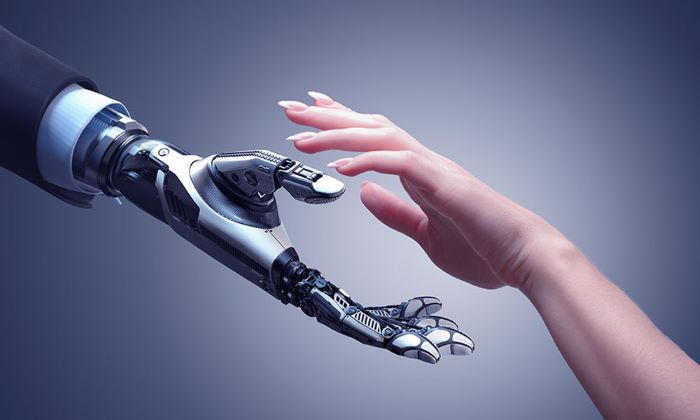The landscape of education is undergoing a digital revolution, and one of the key drivers of this transformation is artificial intelligence (AI). Specifically, AI-powered text-to-video technology is playing a pivotal role in reshaping the way educational content is created, delivered, and consumed in the realm of e-learning. In this blog, we’ll explore the profound impact of AI text-to-video on e-learning and how it is revolutionizing educational content.
The Traditional Challenges of E-Learning
E-learning has long been recognized for its potential to make education accessible to a global audience, breaking down geographical barriers and providing flexibility for learners of all ages. However, traditional e-learning content often faces several challenges:
1. Engagement:
Many learners find traditional text-based content less engaging, which can lead to reduced motivation and retention.
2. Accessibility:
Accessibility remains an issue for individuals with visual or auditory impairments, as text-heavy content may not cater to their needs.
3. Time-Consuming:
Creating high-quality video content can be time-consuming and expensive, limiting the volume and pace of content creation.
4. Language Barriers:
Language differences can be a barrier to learning for non-native speakers, making it difficult to fully comprehend text-heavy materials.
The AI Text-to-Video Solution
AI text to video technology addresses these challenges by converting text-based educational content into engaging and visually compelling videos. Here’s how it’s transforming educational content:
1. Enhanced Engagement:
AI-generated videos combine visuals, animations, and narration to create immersive learning experiences. Learners are more likely to stay engaged and absorb information when it’s presented in a multimedia format.
2. Accessibility and Inclusivity:
AI videos generated using AI video generators can include automated captions and translations, making content accessible to individuals with disabilities and those who speak different languages. This fosters inclusivity and widens the reach of educational materials.
3. Rapid Content Creation:
AI text-to-video tools significantly accelerate content creation. Educators and instructional designers can produce videos at a faster pace without compromising quality.
4. Personalization:
AI algorithms can customize video content based on individual learner preferences and progress. This tailoring ensures that learners receive content that suits their needs and abilities.
5. Complex Concepts Simplified:
Difficult concepts can be explained visually through animations and graphics, making them easier for learners to understand and remember.
Real-World Applications
AI text-to-video technology is already making a difference in e-learning. Here are some practical applications:
1. Language Learning:
Language learners benefit from AI-generated videos with captions and translations, improving their comprehension and fluency.
2. STEM Education:
Complex scientific and mathematical concepts are made more accessible through visual explanations in AI-generated videos.
3. Corporate Training:
Organizations use AI text-to-video tools to create training materials that engage employees, helping them develop new skills and knowledge.
4. Special Education:
AI-generated videos with audio descriptions and sign language support cater to the diverse needs of special education students.
5. MOOCs (Massive Open Online Courses):
Online courses hosted on platforms like Coursera and edX increasingly rely on AI-generated videos to deliver high-quality content to a global audience.
Ethical Considerations:
While AI text-to-video has many benefits, it also raises ethical questions, particularly regarding deepfake technology and potential misinformation. Educators and content creators must use AI responsibly, adhering to ethical guidelines to ensure the authenticity and accuracy of educational content.
The Future of E-Learning:
As AI text-to-video technology continues to evolve, we can expect even more innovations in the field of e-learning. Virtual reality (VR) and augmented reality (AR) integration with AI-generated videos could create immersive educational experiences. Additionally, AI may further enhance adaptive learning platforms, tailoring content to individual learner needs with even greater precision.
The Bottom Line:
AI text-to-video technology is revolutionizing e-learning by making educational content more engaging, accessible, and efficient to create. This transformation has the potential to unlock new possibilities in education, making knowledge accessible to learners worldwide while addressing traditional challenges. As the technology evolves, it’s essential to harness its potential ethically and responsibly, ensuring that the future of e-learning remains inclusive and impactful.


